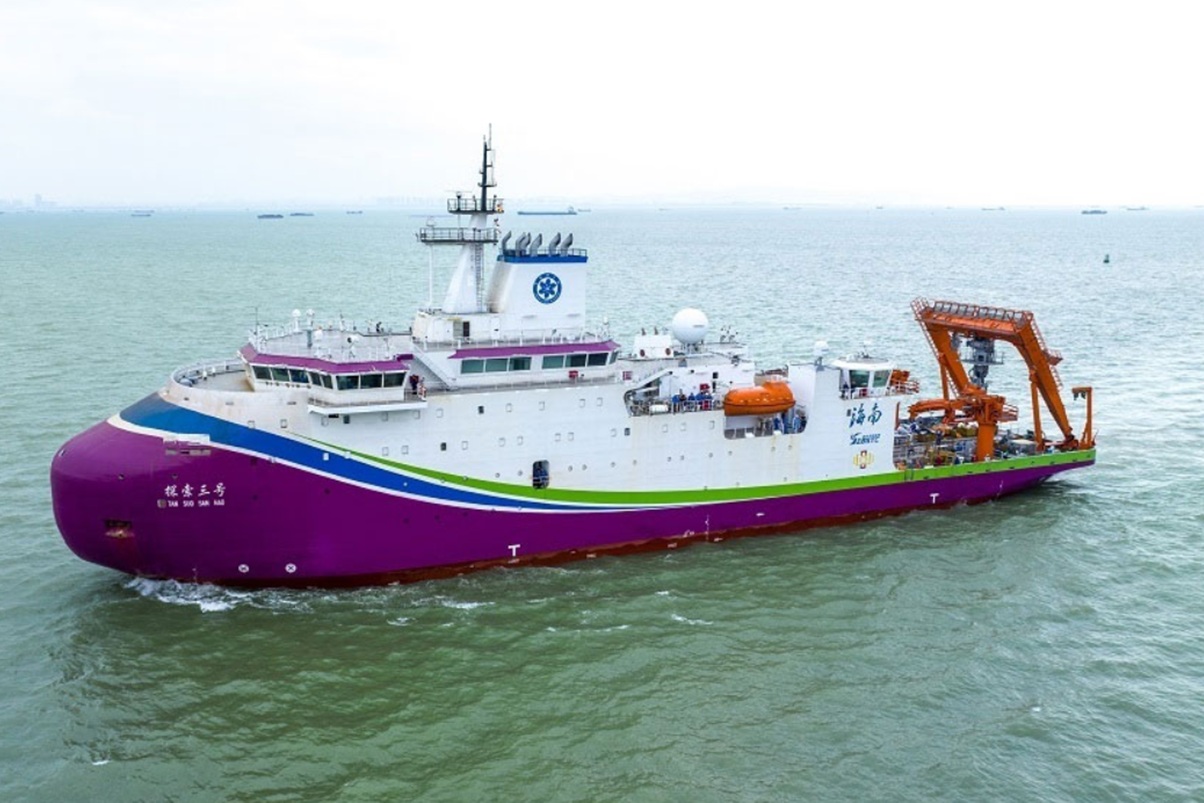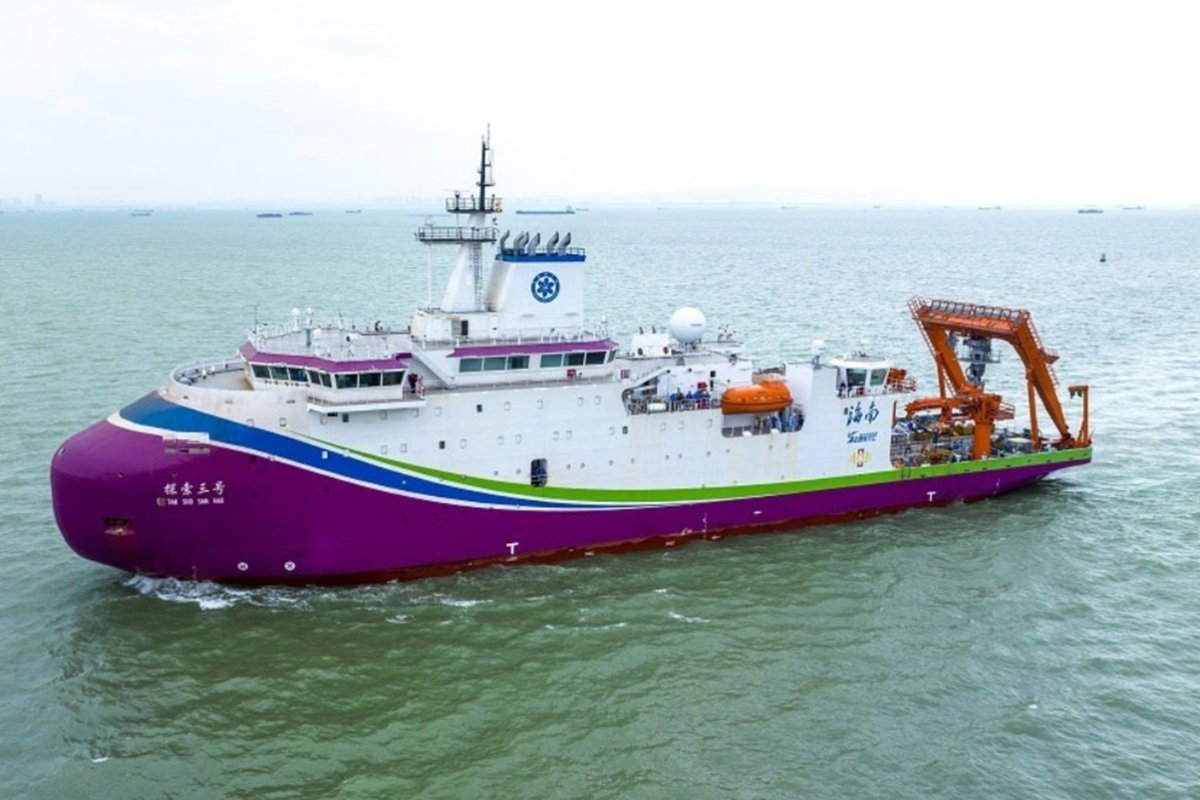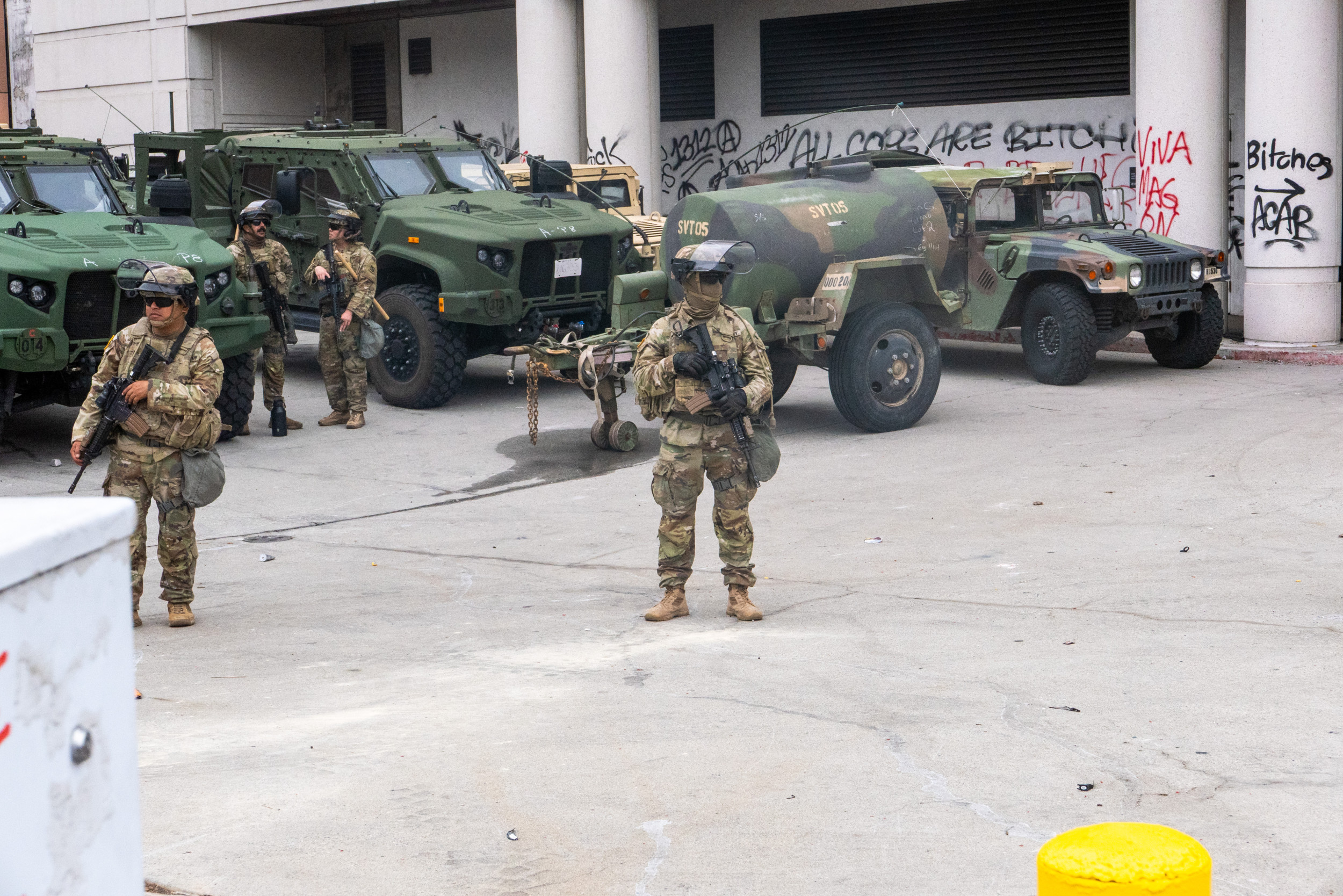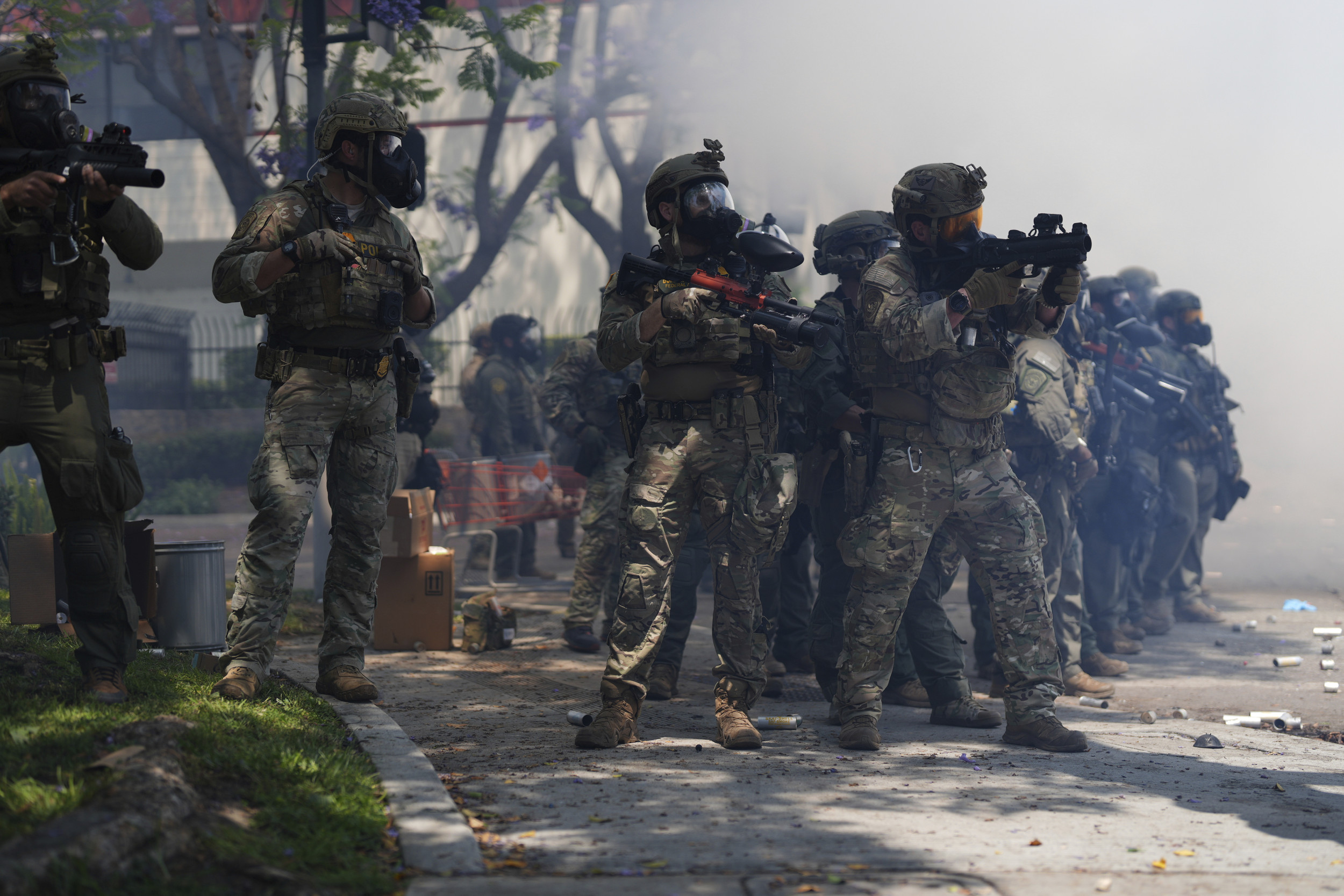
A Chinese government research ship has been observed inside the Philippines’ maritime zone, close to where the Southeast Asian country and the U.S. are conducting their largest annual military exercise.
Its presence raises questions over whether its purpose is purely scientific.
Why It Matters
The arrival of the Tan Suo San Hao, or Discovery No. 3, comes amid territorial tensions between Manila and Beijing, as China ramps up its activity within the Philippines’ internationally recognized exclusive economic zone (EEZ)—which extends 200 nautical miles (230 miles) from the coast and within which Manila alone is entitled to natural resources under international maritime law.
China claims most of the South China Sea as its territory. Its coast guard has employed increasingly forceful tactics to assert these claims, including the use of water cannon that have injured Philippine sailors, raising concerns over what might trigger Manila’s Mutual Defense Treaty with Washington.
Newsweek reached out to the Philippine coast guard and the Chinese Foreign Ministry with written requests for comment.
What To Know
The Discovery No. 3 remained within the Philippine EEZ as of Monday morning local time, according to ship-tracking data shared on X (formerly Twitter) by Ray Powell, director of the Stanford University-affiliated SeaLight maritime analysis organization.
The Philippines dispatched the BRP Teresa Magbanua, one of its largest coast guard ships, to intercept the Chinese vessel, based on AIS location transponder data from both ships.
The vessel has been operating southeast of the Batanes islands, where the U.S. has for the first time deployed an NMESIS ship-killing missile system as part of the ongoing joint drills.

China Media Group
China’s first “comprehensive scientific research ship,” the Discovery No. 3, was delivered in December to the Institute of Deep-sea Science and Engineering, part of the state-run Chinese Academy of Sciences.
The 340-foot vessel was designed with icebreaking capabilities, can accommodate up to 80 personnel, and can support deep-sea operations in icy environments.
The potential for this and other research vessels to serve dual purposes—along with behaviors such as disabling AIS transponders for days to avoid detection—has raised concerns that they are being used to gather intelligence on a massive scale for the Chinese military.
China has stressed these civilian ships are engaged in scientific research.
The Batanes islands, the Philippines’ northernmost territory, lie in the strategic Bashi Channel—a key chokepoint in the event of a conflict involving Taiwan, the self-governed island claimed by China.
As the Philippines and the U.S. kicked off their joint drills, China reiterated its claim over Taiwan and warned that “those who play with fire will set themselves on fire.”
Chinese naval forces appear to have been observing Balikatan events from distance.
Chinese aircraft carrier the Shandong was spotted just a few miles off the northern Philippines’ far northern Baubuyan island, said ABS-CBN, citing the Philippine navy.
Separately, three other warships were spotted about 30 miles off the Philippines’ Zambales province on April 27.
What People Are Saying
The Center for Strategic International Studies wrote in a January report: China’s dual-use approach to oceanographic research raises questions about the nature of these activities. Many vessels that undertake missions for peaceful purposes are also capable of providing the PLA with critical data about the world’s oceans.
Of the 64 active vessels, over 80 percent have demonstrated suspect behavior or possess organizational links suggesting their involvement in advancing Beijing’s geopolitical agenda.
What’s Next
The Balikatan drills will conclude on May 10.





